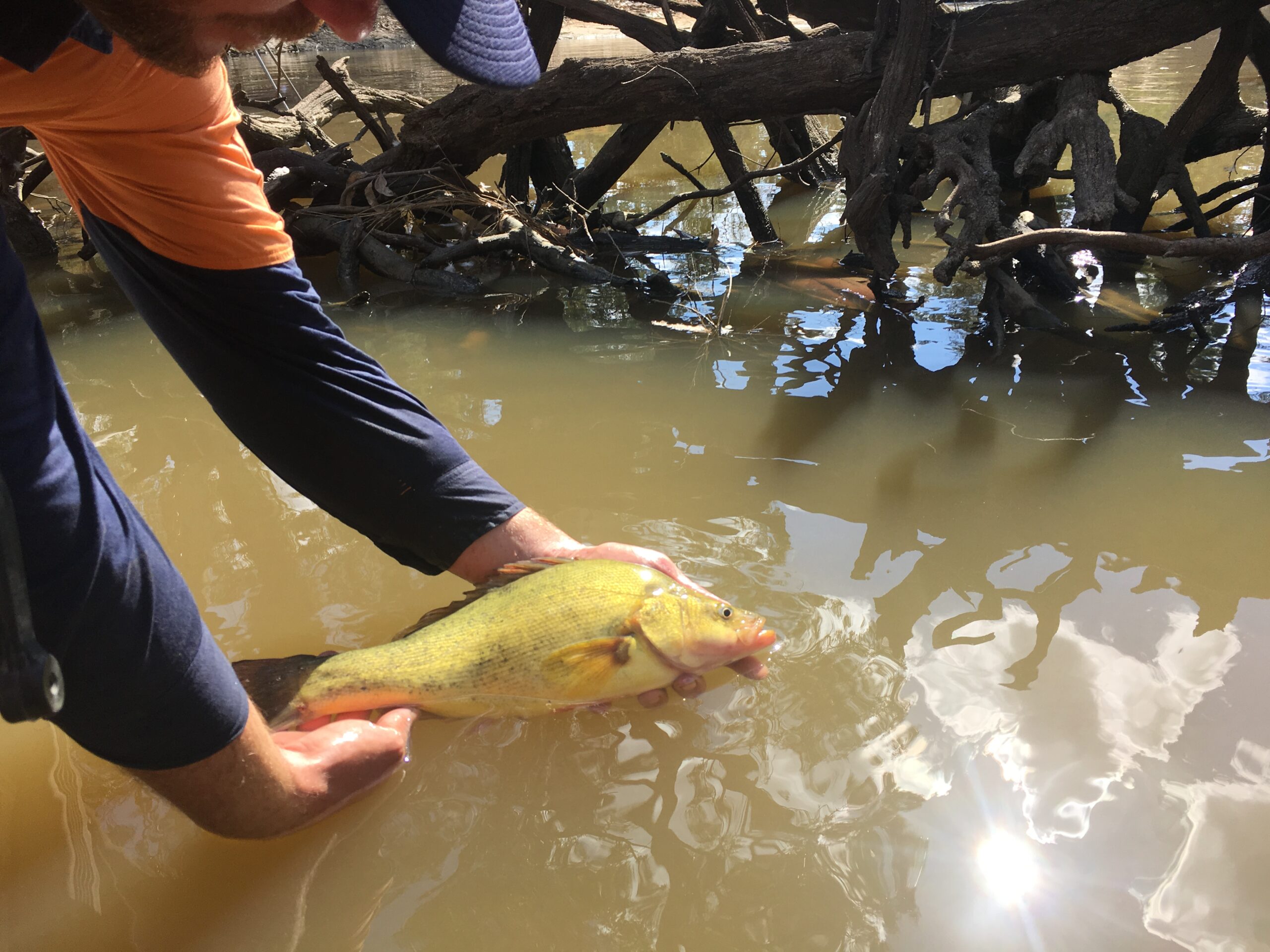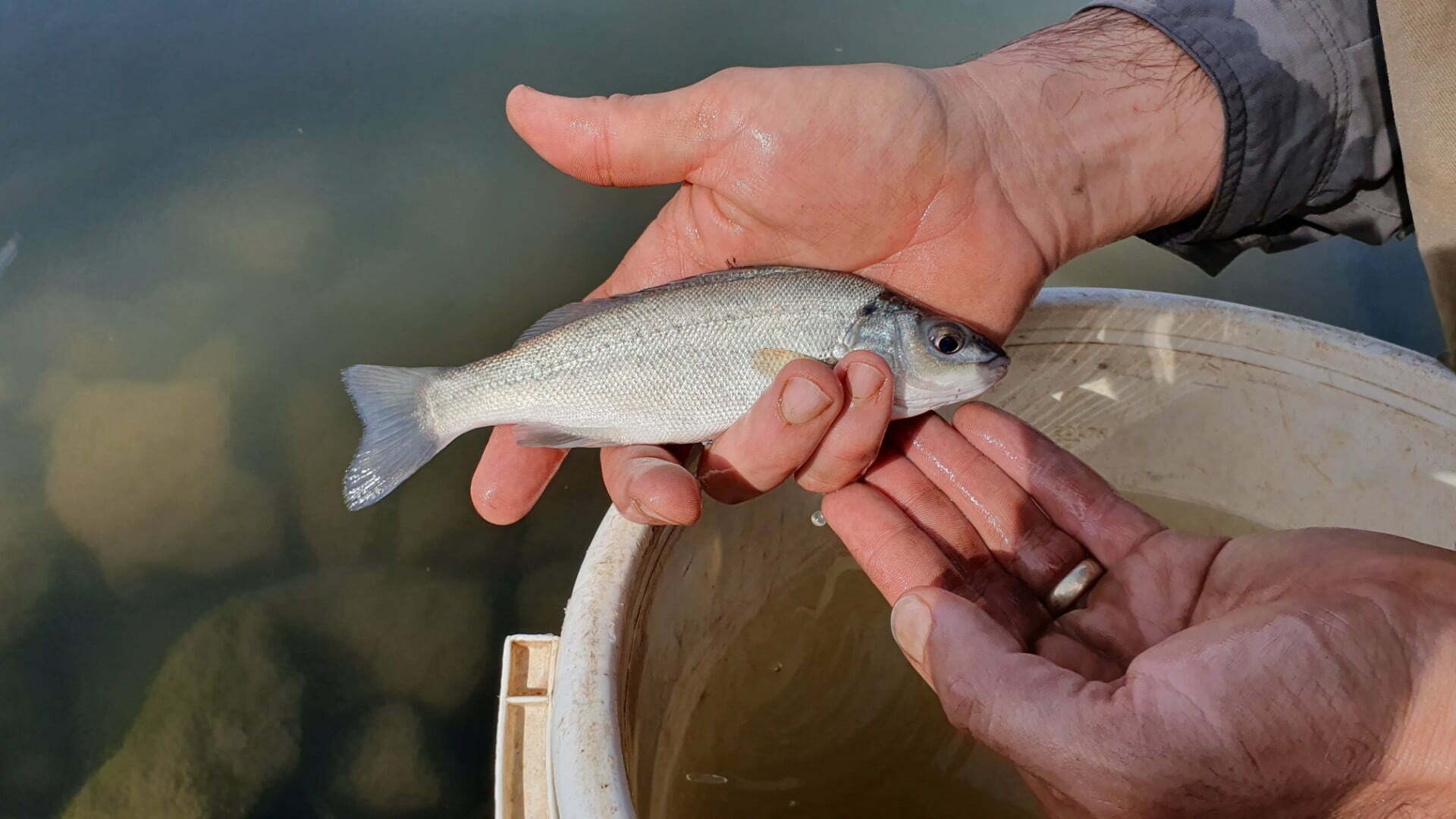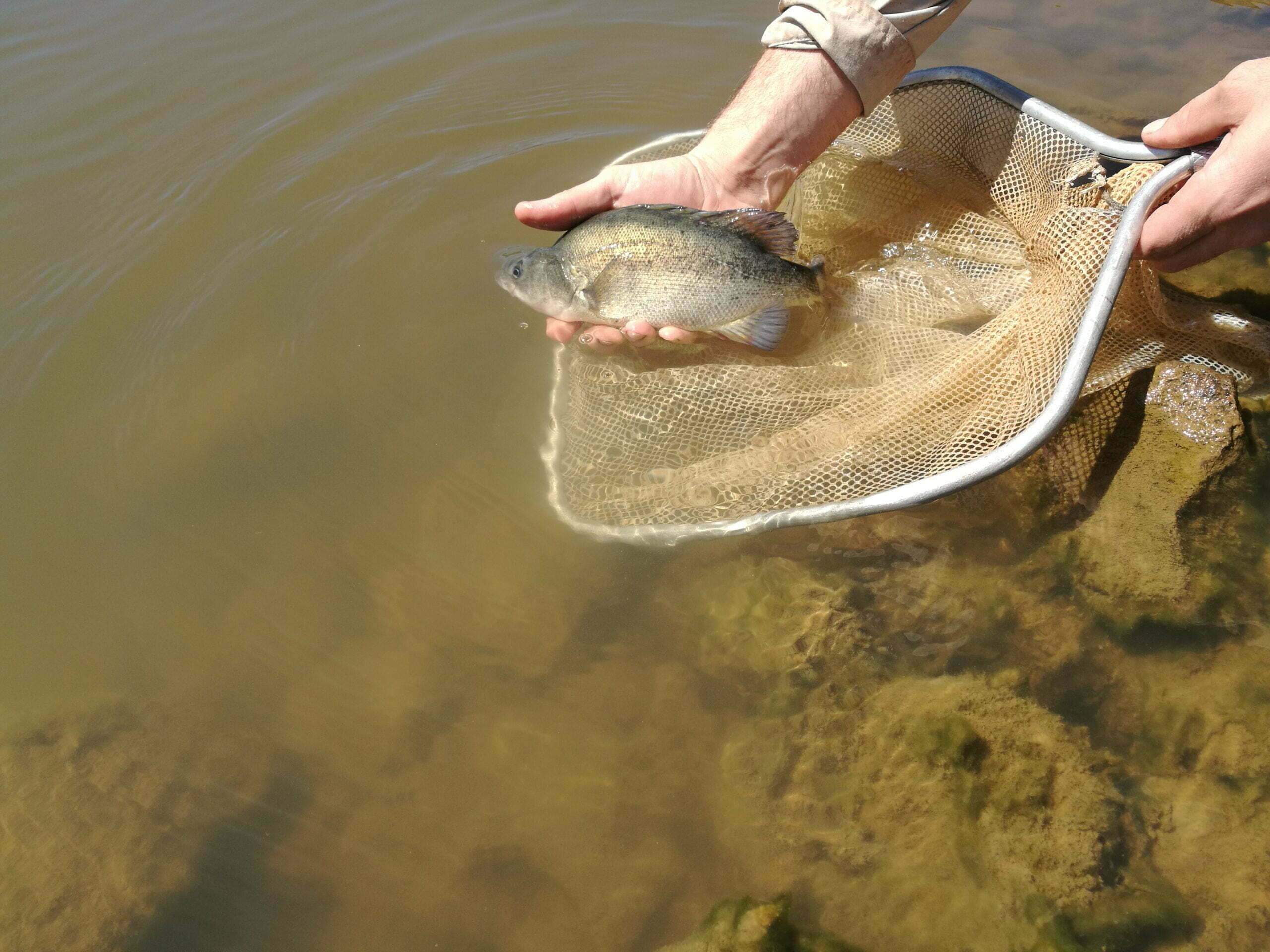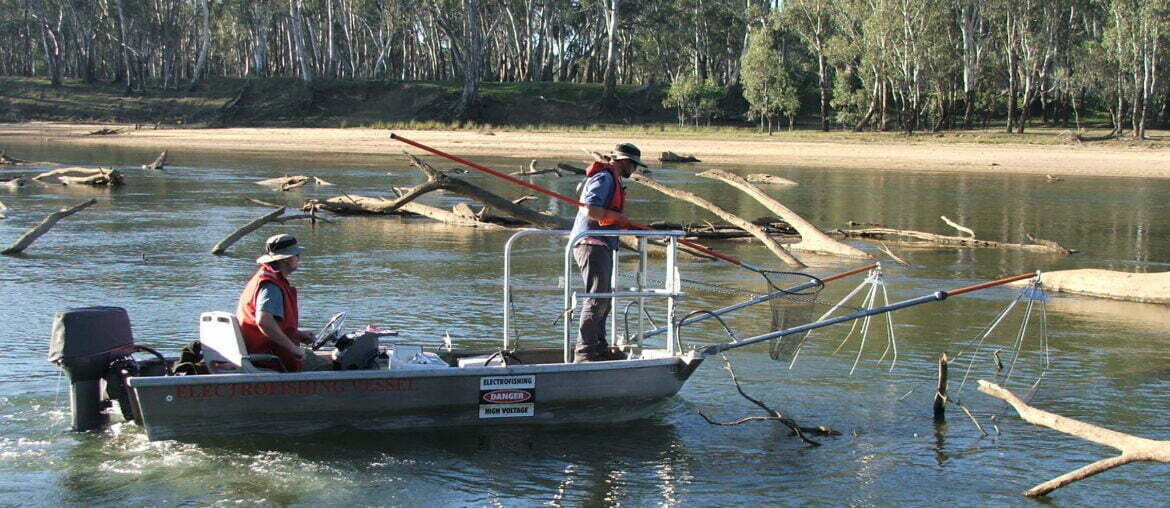In order to recover native fish populations, the Australian Government invests a significant number of resources, particularly regarding environmental water. In order to guide this investment, it is crucial to understand how and why fish populations vary. Although there is a considerable amount known about how different characteristics of populations impact population growth, less is known about what aspects of hydrology drive change in these factors.


In order to fill the knowledge gap, a study was conducted over a 19-year period which monitored four native fish species within the Murray River in South-eastern Australia. The length of this study, saw large variations in hydrology. With a persistent wide-scale drought and several large natural flooding events, the study was able to capture both extremes of the environment.
The study monitored:
- Murray cod (Maccullochella peelii)
- Trout cod (M. macquariensis)
- Golden perch (Macquaria ambigua)
- Silver perch (Bidyanus bidyanus)
These species were selected due to their differing life history strategies. Murray cod (Maccullochella peelii) and Trout cod (M. macquariensis) exhibit parental care of a small number (relative to body size) of large, well-developed offspring and can complete their entire life cycle within a singular river reach. In comparison, Golden perch (Macquaria ambigua) and Silver perch (Bidyanus bidyanus) produce large numbers of small poorly developed offspring that they broadcast spawn into the water column. The latter two species have also been shown to migrate large distances between reaches and rivers to disperse and access suitable habitats to feed and reproduce when environmental conditions are favourable.

Fish were monitored annually and capture–mark–recapture modelling investigated:
(1) How did population size change during this period;
(2) How were changes in population size related to variability in hydrology; and
(3) How were changes in population size driven by different processes (local recruitment or migration events)?
Results
The populations of all four species monitored showed variation over time and these differences reflected the key factors of their life history strategies. The results suggested that local recruitment is an important driver of this variability for Murray cod and Trout cod that were found to recruit and mature in our study reach in most years. Conversely, there was very little evidence of recruitment of Golden perch and Silver perch in our study reach, with large changes in population size driven largely by immigration.

Outcomes
This study revealed fundamental insights into the population dynamics of these species and how management strategies might need to differ based on their life histories. Management should focus on allowing river connectivity for Golden perch and Silver perch, and on promoting local scale recruitment and survival for Murray cod and Trout cod. More generally, our study highlights the importance of understanding the processes underpinning the persistence of fish populations, how these processes may vary for different species, and ultimately how this knowledge can inform targeted management actions.
Resources
Main photo: Electrofishing.
Source: Pam Clunie DELWP




